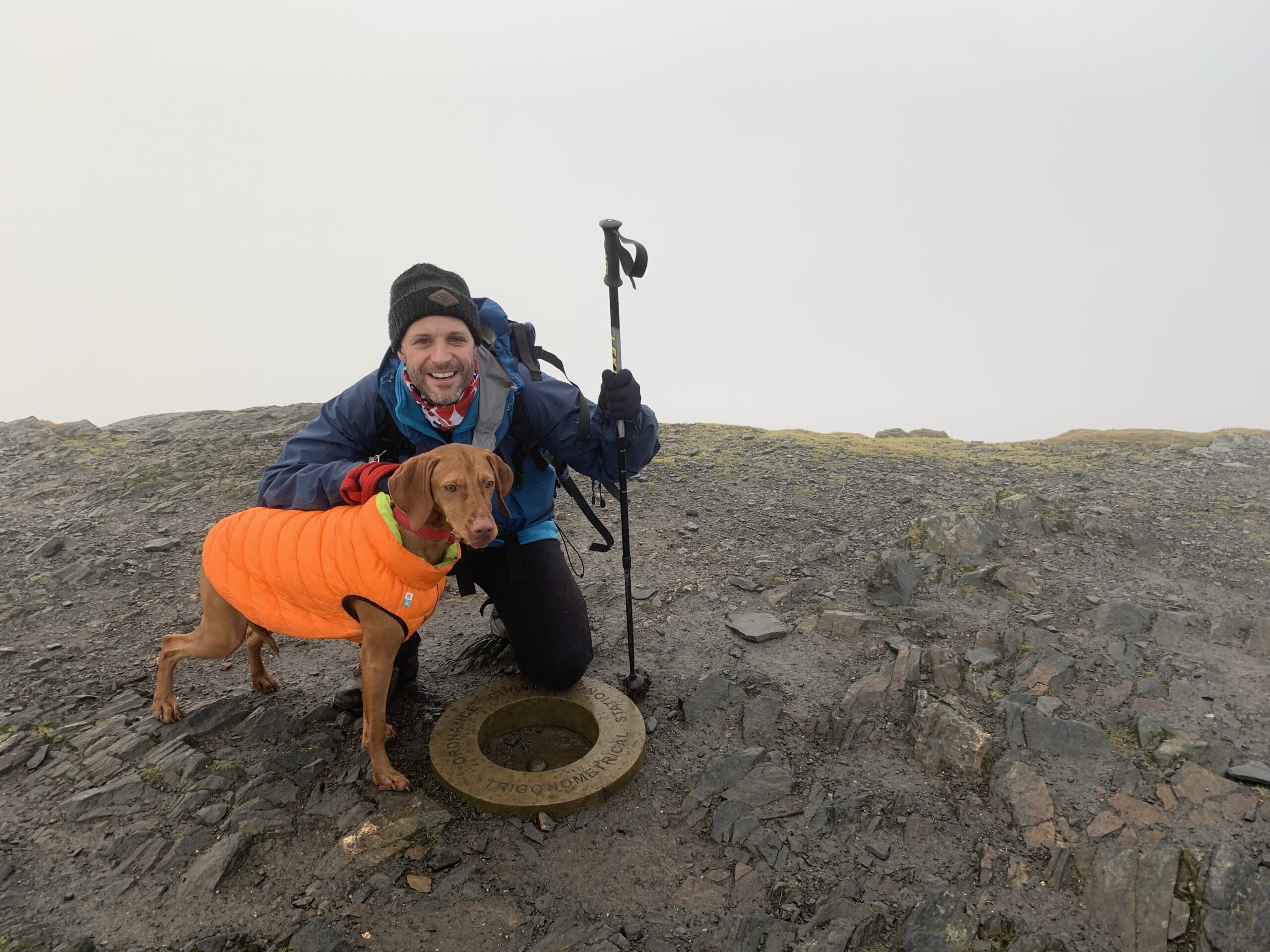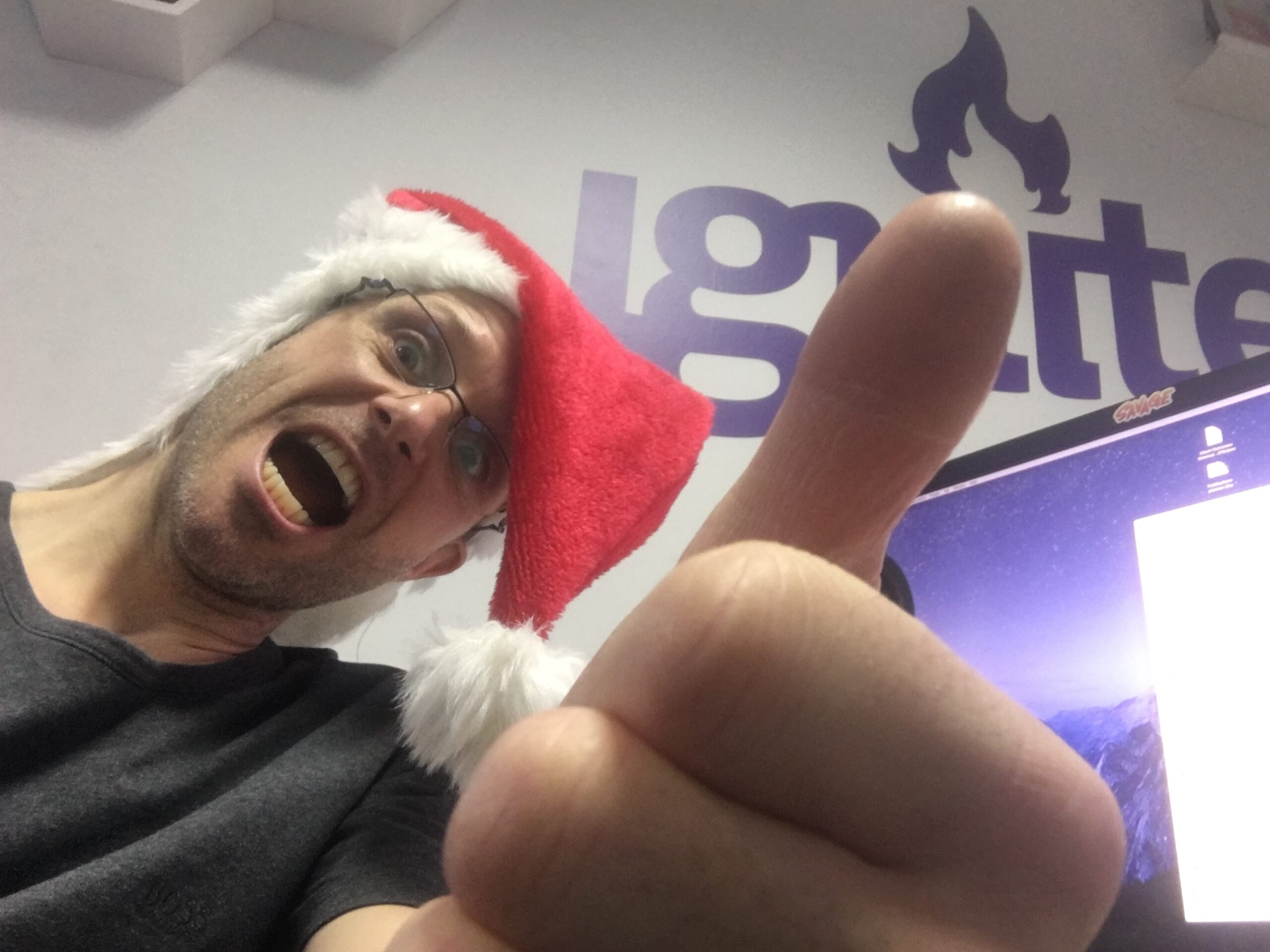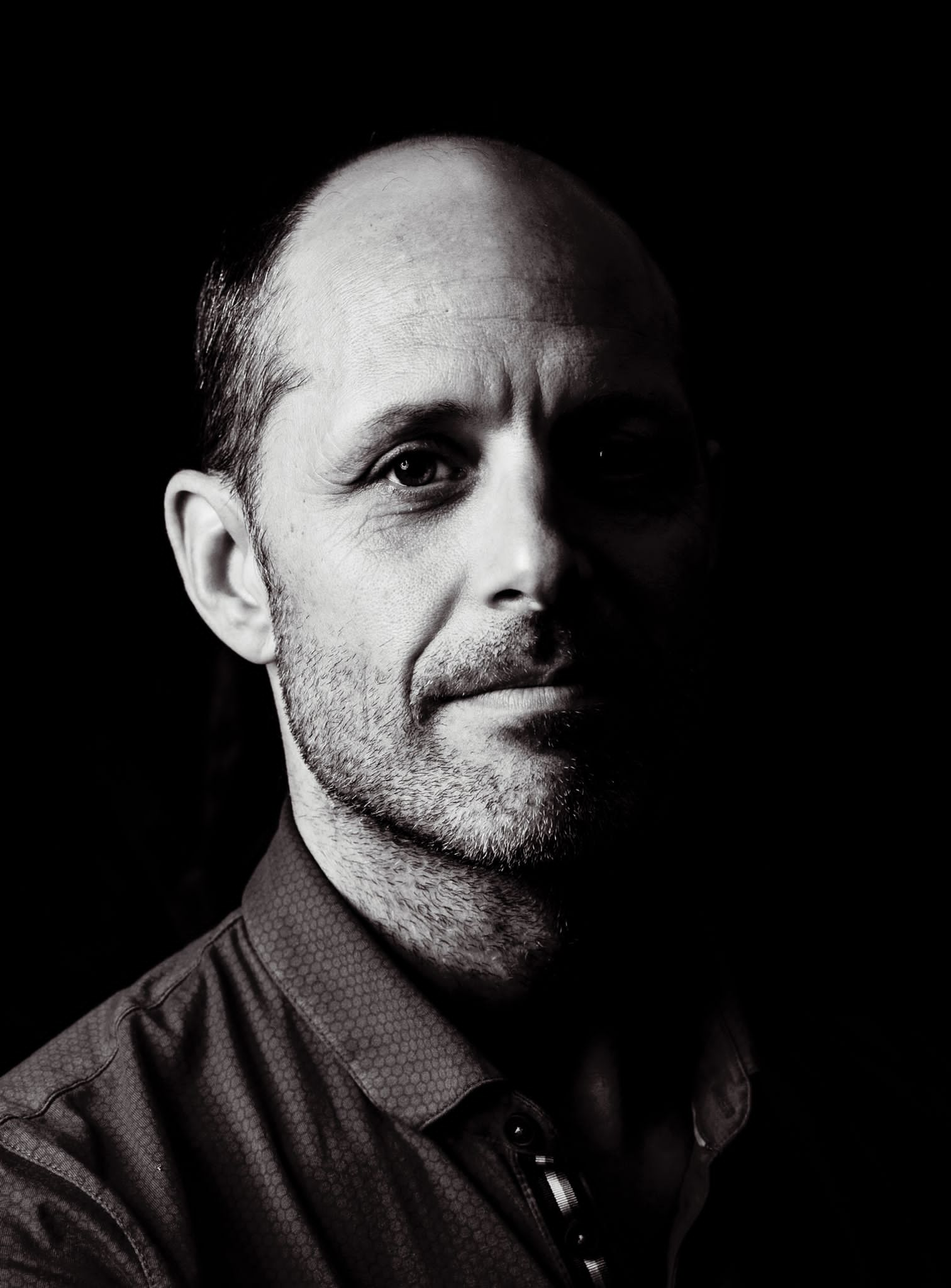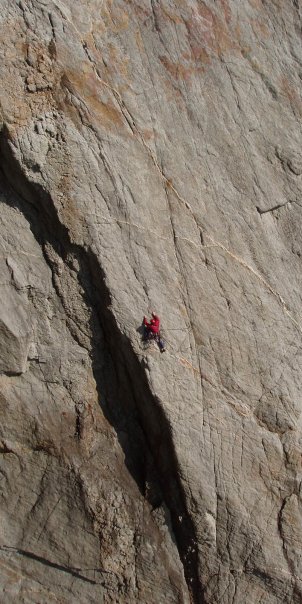From a very young age, I was always scribbling and drawing – but not on my parents walls I hasten to add! They made sure I had plenty of paper to draw on. I remember being slightly obsessed with comics. My all-time favourite was The Beano. The original illustrator,
David Sutherland, who was responsible for Dennis the Menace and The Bash Street Kids, sadly passed away in January 2023. I’d spend hours practising drawing various characters. My dad was a bit of a draughtsman himself and used to sit down with me and help me to develop and improve my drawing skills. I continued with art and design through my school years and it was here that I made the decision to pursue a career as a graphic designer.
Style and approach is a massively important thing. It’s what gives you a unique identity – and I believe part of that comes from your own individuality and personality. I love anything that oozes clean and modern with a touch of sophistication. Where possible, you’ve got to be bold, push boundaries, inject humour as well as showing a depth of thinking, understanding and empathy for the subject. I’ve learnt to trust my instincts and stand up for what I believe is the right approach, even if that means challenging preconceptions. I’m not saying you’ll get your way all the time, but you should always be ready to give context and reasoning to support any design decisions you’ve made. Everyone approaches things slightly differently and in our own unique way – much like an artist would, in our own distinct and recognisable style.
I find with every project I’ve ever embarked upon – however big or small – you have to give part of yourself to the project. You have to be invested – to live and breathe it – even to the point you find yourself waking-up in the early hours of the morning, frantically reaching for the notebook after a moment of clarity in which you’ve literally dreamt up what you believe to be a viable solution to a project. It can be hard when others don’t necessarily share your views or enthusiasm for an idea. But put one hundred talented designers in a room, give them all the same brief and you’ll get one hundred different designs to choose from with all of them equally as good as each other. As individuals we’ll each have our own opinions as to which one we like the best – so if there’s a difference of opinion, I don’t take it personally. I’ll always put forward my rationale and reasoning – but if our visions don’t align, understanding what a client doesn’t like is equally as useful as knowing what they do like. It narrows down the field and helps to move things forward in a more specific, positive direction. Ultimately you need to remember that this isn’t about ‘you’, despite feeling every project has a bit of ‘you’ in it. You have to learn to be quite pragmatic, open-minded and adaptable, looking only for the approach that serves the clients’ best interests.
Something that looks like creative genius but isn’t usable or functional beyond evoking feelings or emotion? Well, that’s something you’ll probably want to hang on your wall and is most likely defined as ‘fine art’! But design in a commercial environment always has a purpose to perform. It needs to be functional and it has to work. You’ll always want to challenge yourself; to try something new or different; to experiment. Yes, go for that off-the-wall creative. Never talk yourself out of an idea at the beginning by worrying about how you’re going to do it. Get the idea down and you can work through the details later. But, when you’ve finished your ideas phase, it’s time to be realistic and honest with yourself. Recognise where you need to reign it back in and tailor your ideas to meet the brief and budget.
Creating design at Spiral, you rarely work in isolation. You’re always bouncing ideas off each other; offering opinions or different perspectives. It’s an organic and a positive way of working that’s actively encouraged and very much part of the creative process. Sometimes when clients provide feedback, amendments are minimal or straightforward. They simply love what you’ve done – happy days! But there are times when amends come back that feel like a big shift. The trick is to take time to understand what implications the amends may have on the project. Talk to your client. Take time to run through your rationale as this can help steer things back on course. Remember, there is no right or wrong here and everyone’s opinion should be welcomed – but ultimately the final decision rests firmly in the hands of your client. More often than not, you’ll find a way to accommodate the clients’ wishes to get back on-track and still produce something that everyone is proud of.
Typography is the heartbeat and the voice of any design. Handled correctly, you can create a hierarchy to lead the viewer through your design. Typefaces come in families, making it easier to select something appropriate. You might want to use a heavier or more elaborate typeface for your ‘hero statements’ and titles. But for large volumes of copy, this could be heavy going – so you’ll want something that’s easy to read. Sometimes you might pair two typefaces to work in harmony with each other, each doing a slightly different job. You can refine your typography further and start to be more playful with the use of colour and font settings – but you’ll need to be mindful of readability and the tone this creates. But don’t be fooled! If you think doing all the above guarantees you a great design, you’d be wrong. Too many tricks with your typography will lead to your design becoming confusing. Be restrained in your approach. Best advice?
Keep it simple.
Adobe Creative Cloud is pretty good – most of the time! The tutorials are worth a run through when new tools or updates are added. We have a culture of sharing here at Spiral – when anybody discovers something new or really useful, we tell each other about it. We rarely miss a trick!
YouTube is also pretty good as well if there’s something specific or more complex you need to do that you maybe haven’t done before. There’s alway a quick video tutorial you can watch while having a brew.
I’d been winter climbing for the day with a group of friends. It was cold and dark as we walked back down the windy country lane towards our campsite, when I realised I was way ahead of everyone else. I decided to pick up the pace and disappeared unnoticed to where we’d pitched our tents. I dived into my best friend's tent and lay in wait for his return. Everyone arrived back at the campsite – and then came the sound of the tent zip being opened. In the pitch black I sat up, grabbed hold of him and dragged him into the tent, rolling him onto his back and covering him with his sleeping bag. Never have I heard anyone scream so loudly and for so long. To this day, I’m still not sure he’s really forgiven me. Prank well and truly executed!
I’d opt for super speed as this would be super useful! Imagine: you go to make a brew and there’s no milk. There’s only two options. Either have tea without milk or head down to your local shop on a fifteen-minute round trip only to return to a cold and very strong cuppa. With ‘super speed’ you’re down to the 7-11 and back again before the tea bag has had a chance to finish doing its thing. Your brew is still piping hot and ready to be carefully matched to
Pantone 4645 C.



